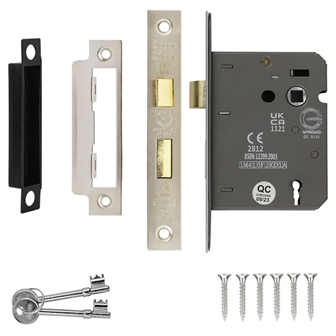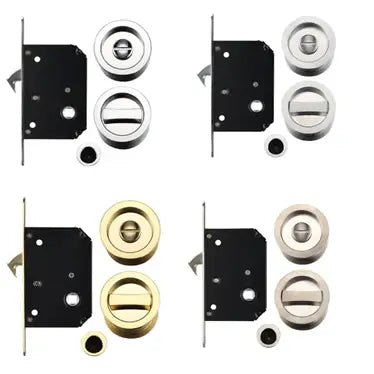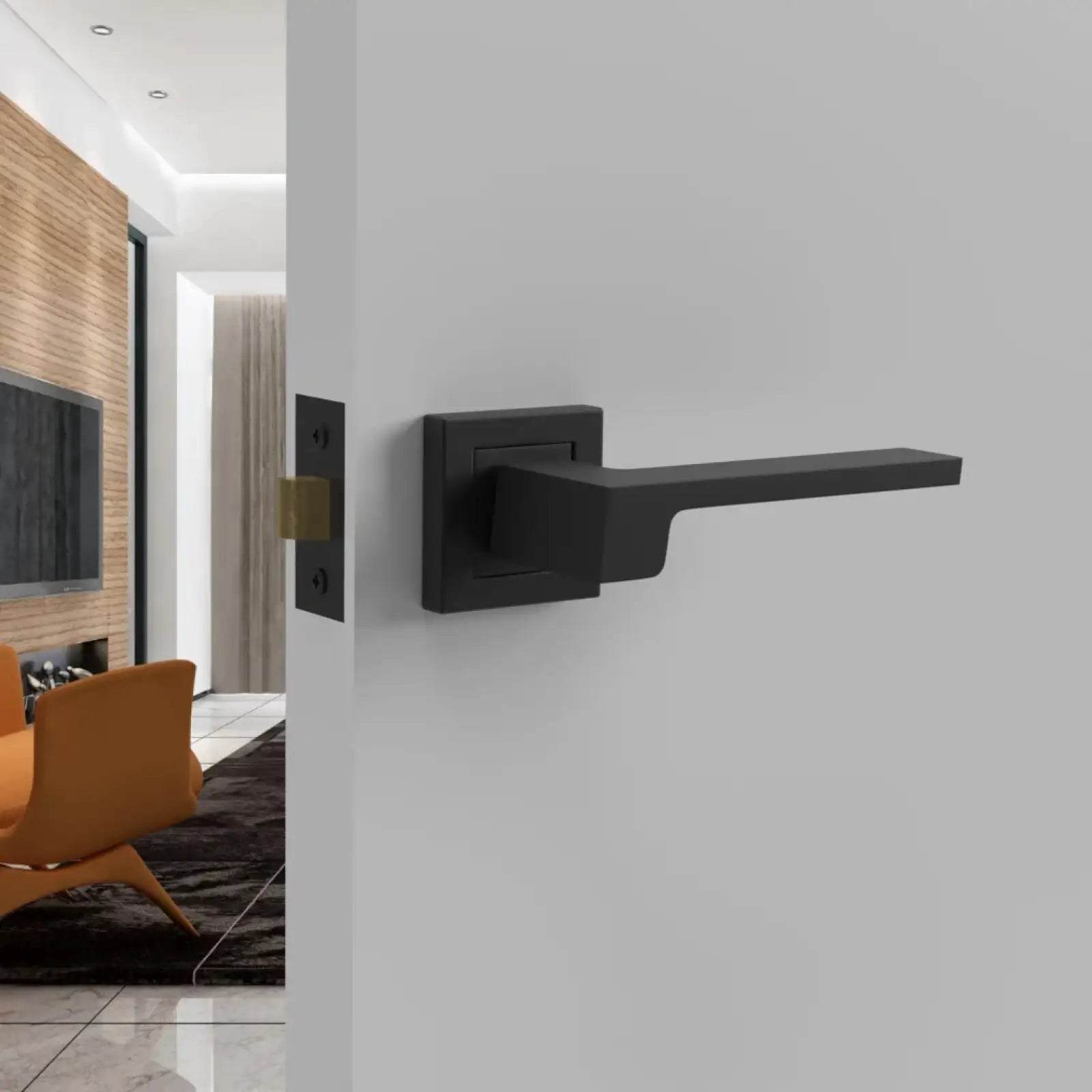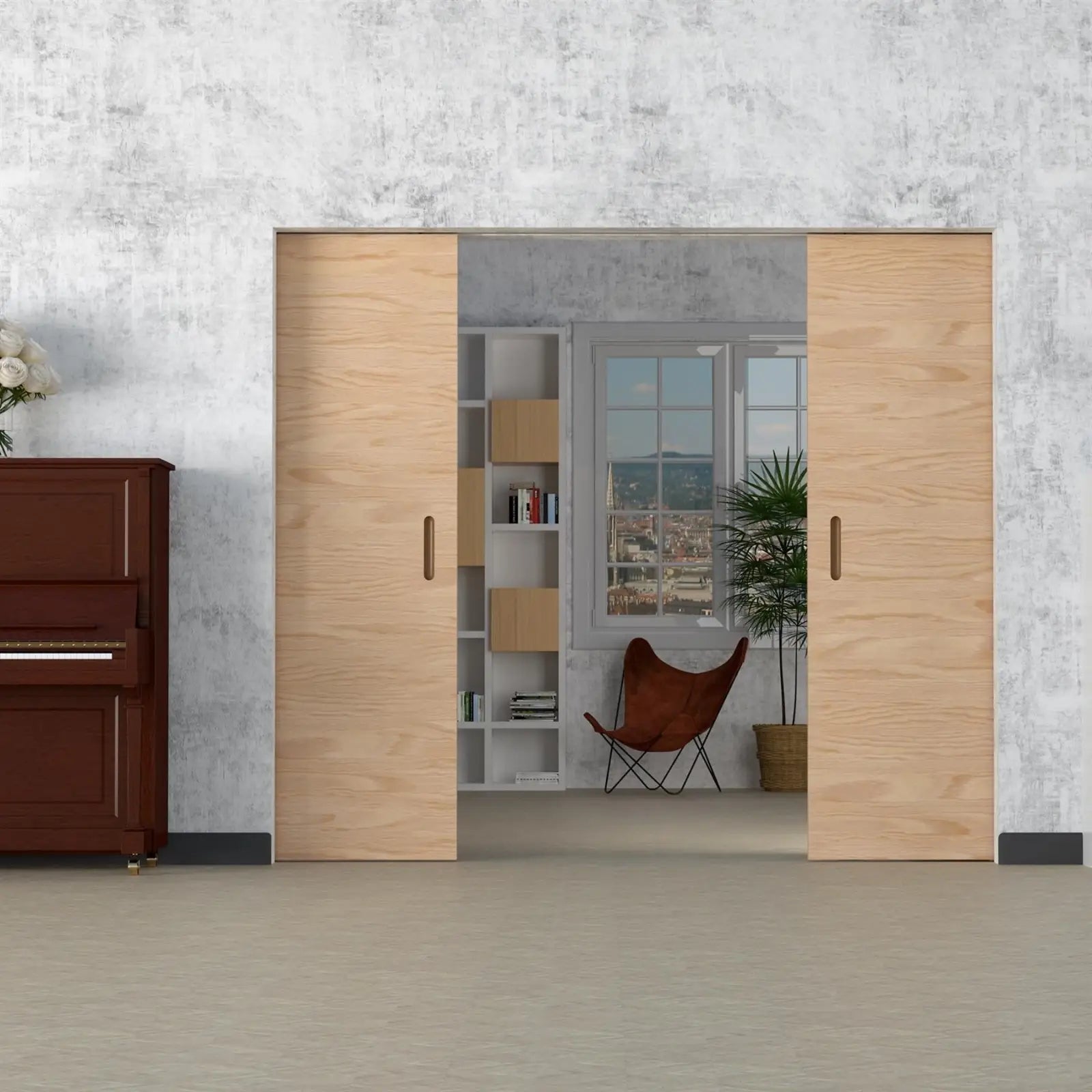How to Replace a Sliding Glass Door Lock Easily
Glass sliding doors are a wonderful addition to homes and retail spaces, but sometimes issues with locks arise. Replacing a glass sliding door lock is slightly more complex than replacing a lock on a standard wood or metal sliding door, but it can still be done by following a few basic steps. Follow along for our guide on how to replace sliding glass door locks safely and easily.
Step-by-Step Guide on How to Replace a Sliding Glass Door Lock
Knowing how to replace sliding glass door lock yourself will save you time and money. Modern locks are easy to replace; it’s just a matter of understanding your particular type of lock’s mechanism and placement. Here’s your step-by-step guide to replacing a sliding door lock:
- Before installing a new lock, inspect the surrounding area for damage or wear and ensure the lock area is free of debris.
- Measure the size and placement of the old lock to ensure the new one will fit in the same place. If the size or mounting points are different, you may need to drill new holes or adjust the existing ones.
- Position the new lock in the same place as the old one, ensuring the holes align.
- For mortise locks, make sure the new lock fits into the mortise pocket and align it correctly with the door or frame.
- Insert the lock and use the screws that came with your new lock to secure it in place. Tighten the screws, but avoid overtightening as you can damage the lock, the frame, or crack the glass.

Essential Tools You’ll Need to Replace the Lock on a Sliding Door
When it comes to knowing how to replace sliding glass door lock, you will need a few tools! Tools will depend on the type of lock you’re replacing, although these are commonly used.
- Replacement lock
- Vice grip
- Screwdriver – Phillips or flathead, depending on the screws
- Pencil or marker for marking screw replacement
- Tape measure
- Drill and drill bits if you need to adjust screw holes
- Lubricant (optional) to ensure the smooth operation of the lock
How To Remove the Old Sliding Glass Door Lock Safely
Whether your existing lock is damaged or you’re upgrading your security, removing a sliding patio door lock is straightforward. Sliding doors have different locks, though, and the process of removing them can differ. When it comes to knowing how to replace the lock on a sliding glass door, these are the basic steps for removing the most common types of locks.
- Gather your tools and slide the door all the way open.
- Remove the handles from both sides of the door if they are part of the lock.
- To prevent the latch from falling into the door frame, clamp it with a vice grip before unscrewing the plates.
- Remove the lock lever, if applicable.
- If you have a mortise lock with a lock barrel or cylinder, loosen the retaining screw, insert the key, turn it slightly and pull out the cylinder.
- Locate the screws holding the lock mechanism inside the door frame and unscrew them.
- Extract the lock by gently sliding it out of the door slot. Be careful not to chip the glass sliding door or damage the surrounding frame.
Tips for Ensuring the New Lock Fits Properly
- When purchasing a new lock, ensure it matches the old one's make, style and dimensions.
- You may need to modify the door if you’re replacing your old lock with a different locking system.
- If the new lock requires new holes, use a marker or pencil to mark the new drill points.
- If your lock comes with a strike plate (the metal plate the latch clicks into), check it to ensure it aligns correctly with the lock.
- If the sliding door doesn’t close properly after lock replacement, you may need to adjust the rollers or tracks, as the door may be misaligned.
Installing the New Lock on a Sliding Glass Door
Once you've safely removed the old lock, ensure the door surface is clean and ready for installation. Then align the new lock with the pre-existing holes or mark new ones if required, then drill carefully for a secure fit. Finally, secure the lock with screws, test its functionality.
How To Test the New Lock for Security and Functionality
By thoroughly testing your new lock for functionality and security, you’ll ensure your glass sliding door is easy to operate and properly protected. Here’s what to look out for:
Functionality
Ensure the lock engages and disengages smoothly and that the door slides freely without obstruction or resistance. Test the lock multiple times to ensure it operates consistently and is correctly aligned. Ensure the latch or bolt fits securely into the strike plate when the door is closed.
Security
Lock the door and gently push and pull to test its strength. Even if force is applied, the door shouldn’t move. If you notice any rattling while locked, it means the lock is weak or has not been installed properly.
Common Issues to Troubleshoot Before Replacing a Sliding Glass Door Lock
- Lock is jammed: Sliding glass door locks often get jammed when debris or dirt gets into the lock mechanism. Simply clean the lock thoroughly to remove any obstructions.
- Lock is misaligned: This can be caused by the lock and strike plate not lining up. In this case, you’ll have to adjust the strike plate and ensure the rollers are properly aligned with the track.
- Key Issues: If your key gets stuck or is hard to turn, it might be due to wear and tear, and you must replace the keys. You can also lubricate the keyhole with WD-40, silicon-based lubricant, or graphite spray to make inserting and turning the key easier.

Contact Us for All Your Sliding Glass Door Kits and Locks
We hope you’ve found our guide on how to replace a sliding glass door useful. If you need to replace your sliding glass door locks or are looking to install a completely new sliding door, we have all the locks and sliding glass door kits you’ll ever need to update your home. Browse our selection and get shopping!
FAQs
What should you do if the lock mechanism on your sliding glass door is stuck?
Check for obstructions or debris and clean it. Apply lubricant to ensure smooth operations. If the lock is still stuck, check for misalignment and mechanical issues.
How can you tell if the sliding glass door lock needs to be replaced?
Signs that a sliding glass door lock needs replacement include frequent sticking, jamming, or difficulty turning the key. Visible corrosion, rust, or damage to the lock’s components also indicate it may no longer function reliably. Worn or broken parts that compromise security are strong reasons to replace the lock entirely.
Are there different types of locks for sliding glass doors, and how do you choose the right one?
Sliding glass doors offer a variety of lock options, each with different levels of security and functionality. Choosing the right lock depends on factors such as the door’s location, the level of security required, and the intended use of the space. Common types of locks include mortise locks, latch locks, deadbolts, surface-mounted locks, sliding bolt locks, key locks, and pin locks, each tailored to specific needs.






